- Home
- slideshows
- miscellaneous
- San Francisco's housing market is so dire that a co-living startup is transforming the city's classic Victorian homes into housing for millennial tech workers
San Francisco's housing market is so dire that a co-living startup is transforming the city's classic Victorian homes into housing for millennial tech workers
Chris Prinz, 23, recently moved to San Francisco from Houston, Texas, to take a job as a data scientist.

Between accepting the job and his start date, Prinz had about three weeks to scour Bay Area housing options and transplant his life from Texas to California.
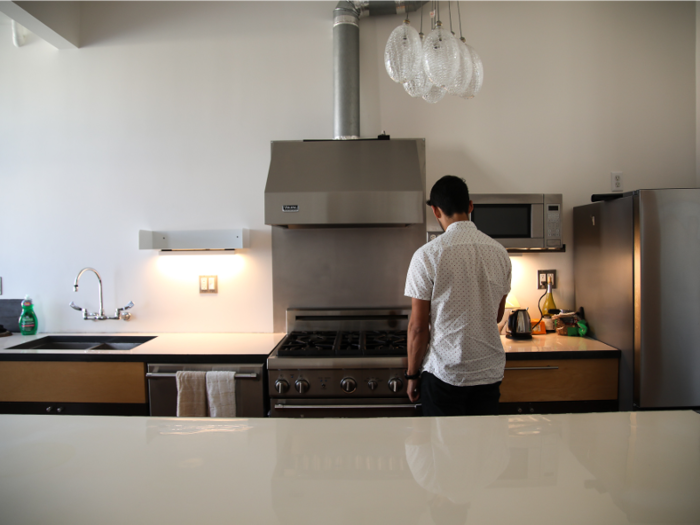
He stumbled upon a co-living company called Bungalow. Among the options listed through it, he zeroed in on a $1,750 room in a furnished five-bedroom, two-bathroom Victorian home in San Francisco's Mission neighborhood.

"From all the horror stories I've heard, this is really affordable for what we're getting," Prinz said.
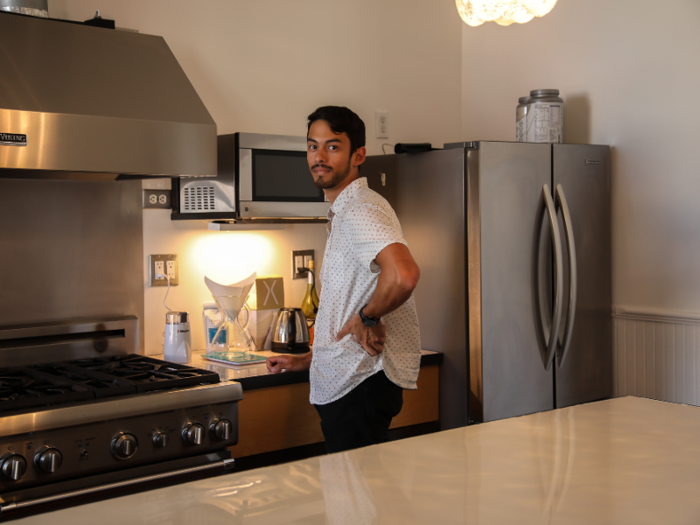
Prinz's new-to-him Mission home is one of 10 Bungalow properties scattered throughout San Francisco. The company has been operating in neighboring areas like Oakland for quite some time, as well as in other major US cities like New York and Los Angeles.
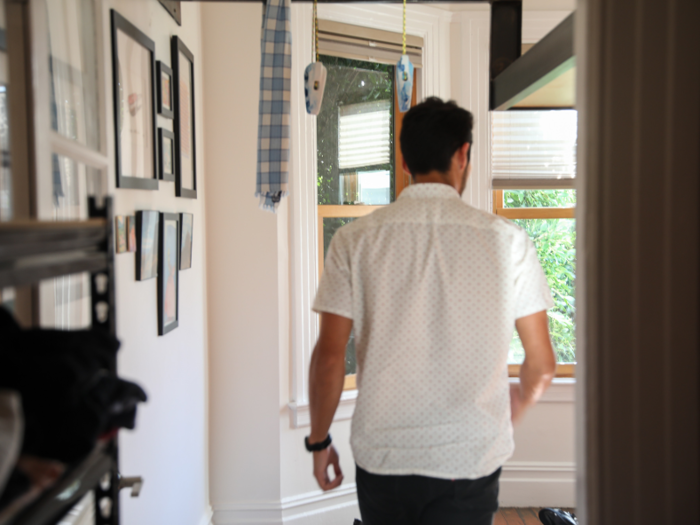
But the co-living company just launched in San Francisco, a city racked by overpopulation, an ever-growing tech boom, a cavernous wealth divide, and a worsening housing shortage.

Source: TechCrunch
And though co-living is hardly a new concept in San Francisco, there is something about Bungalow that makes it a harmonious match for the city.

That's because Bungalow taps into the city's underutilized housing inventory.
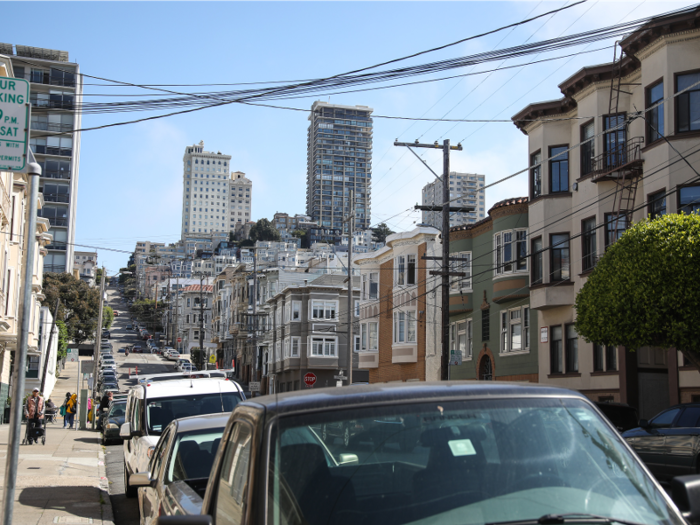
The company hunts down unused single-family homes with at least three bedrooms, leases them from their owners, outfits them with modern furnishings, and then fills them with roommates for anywhere from $1,500 to $1,800 a month — at least in the Bay Area — plus a $150 monthly membership fee.
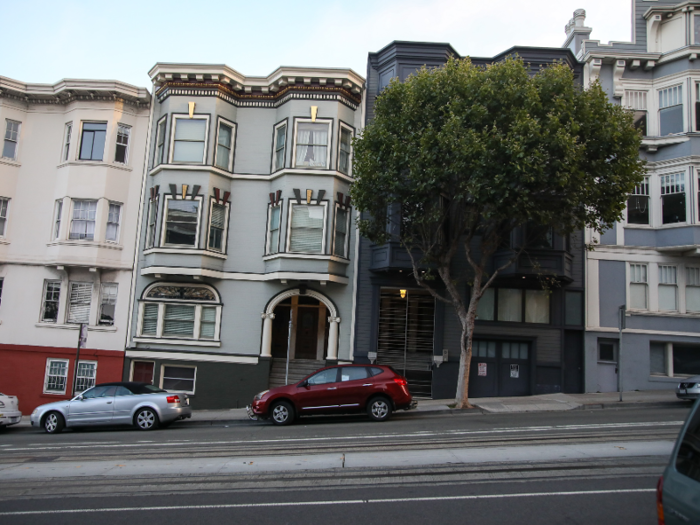
For many, those rates may be wildly out of budget, especially for sharing your living space with more than three other people. It's a far cry from what comes to mind when you think of communal living circa the 1970s, where participants lived among tens, sometimes hundreds, of others and had very few expenses.
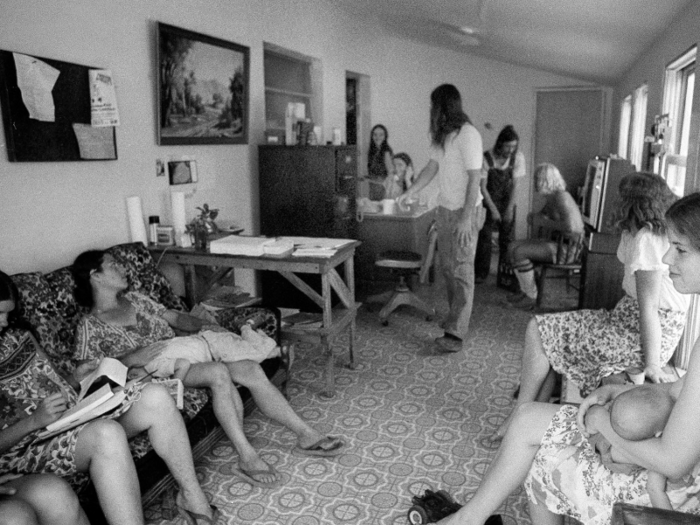
Source: The Guardian
But in a city struggling to house its inhabitants, Bungalow's presence is still likely welcome — at least for those who can afford it.

"By moving into existing homes, we're able to bring on a lot more efficient, a lot more affordable housing inventory today" instead of limping through the usually long and arduous development process, Bungalow CEO Andrews Collins told Business Insider.

There are an estimated 100,000 vacant homes within the San Francisco metro area, according to a 2019 Lending Tree report.

Source: SF Gate
In San Francisco, the predominant inventory type that Bungalow is looking at is single-family homes, with most of them sporting the city's signature Victorian influence, Collins said.

But "they're somewhat challenging for homeowners to rent out," Collins said.
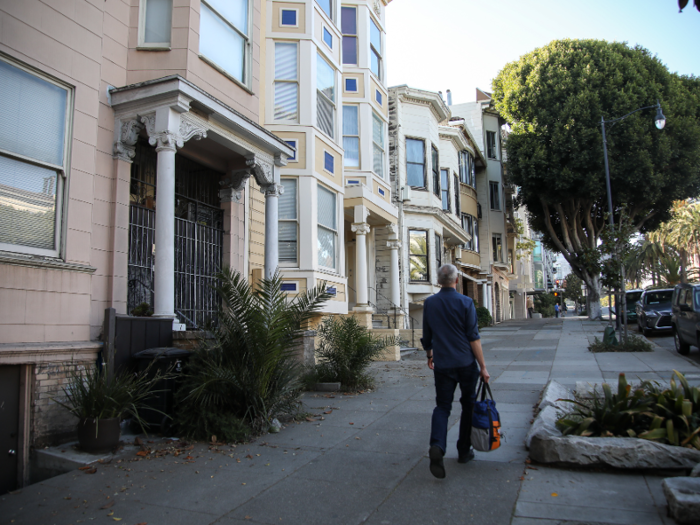
For decades, the average family size in the US has shrunk, and San Francisco specifically has the lowest percentage of kids of any major city in the US.

Source: City Lab and The New York Times
That means that large, single-family homes sporting three to five bedrooms are largely undesirable in the bay city, Collins said.
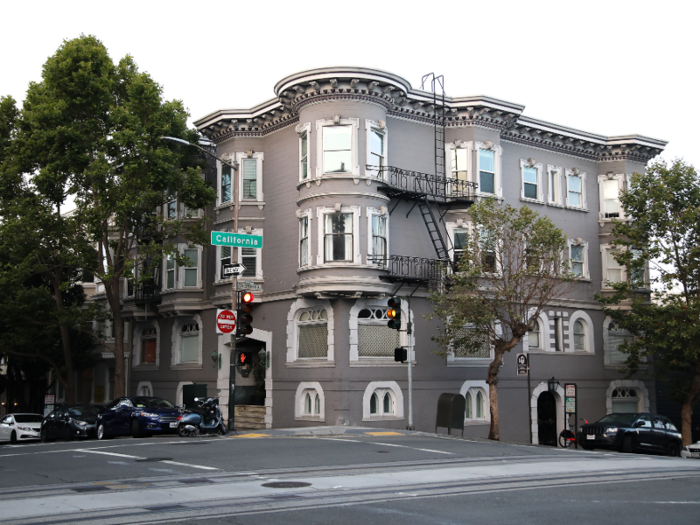
And that unneeded space could come in handy, since co-living has been increasingly popular in San Francisco. Rising housing prices and a ballooning workforce requires the city to experiment with how it solves the housing shortage.

Source: Vox
Pratik Bhatia, age 28, is Prinz's roommate. Bhatia lived in New York for five years before moving to San Francisco for a software engineer position.
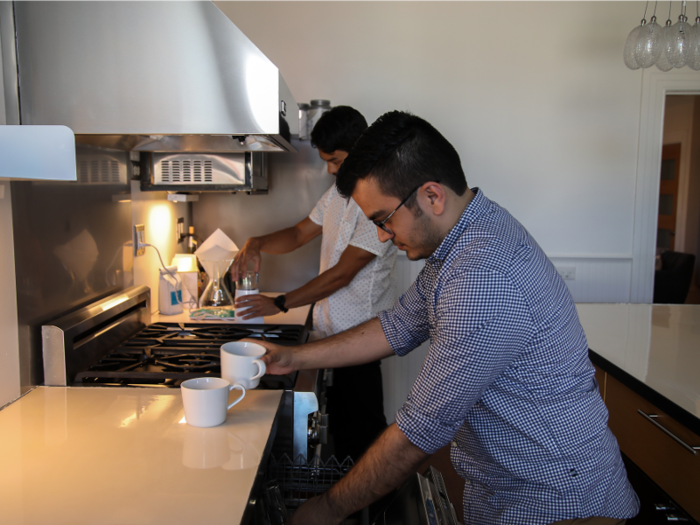
Among the living arrangements that he was scanning in the city was a studio apartment in the Russian Hill neighborhood. Rent was $2,200.
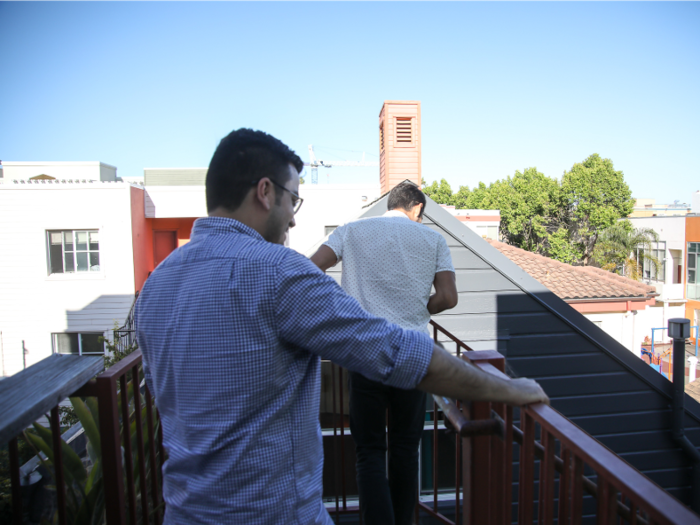
Bhatia told Business Insider that he pays $1,900 a month for his Bungalow home, which includes an extra monthly fee that locks him in for a six-month lease, shorter than Bungalow's standard 12-month lease.

Both Bhatia and Prinz said their applications were approved in 24 hours, and they were able to move in within days after background checks and roommate-to-roommate interviews were completed.
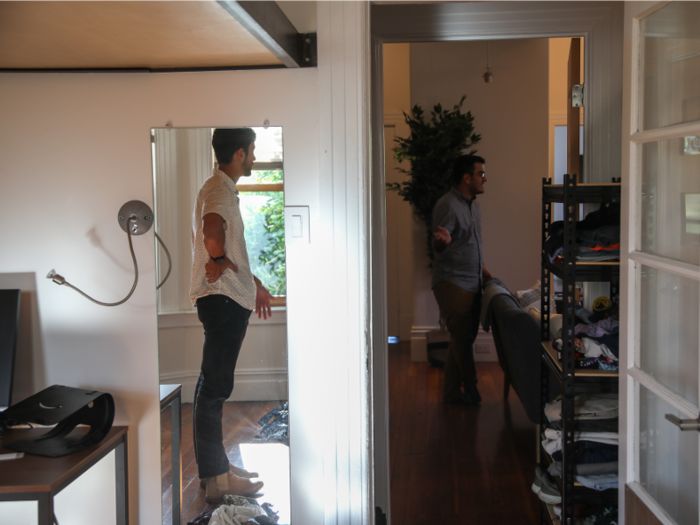
They're the only two roommates in their new home at the moment, but more will move into the other three bedrooms, some of which are on the second floor of the house.
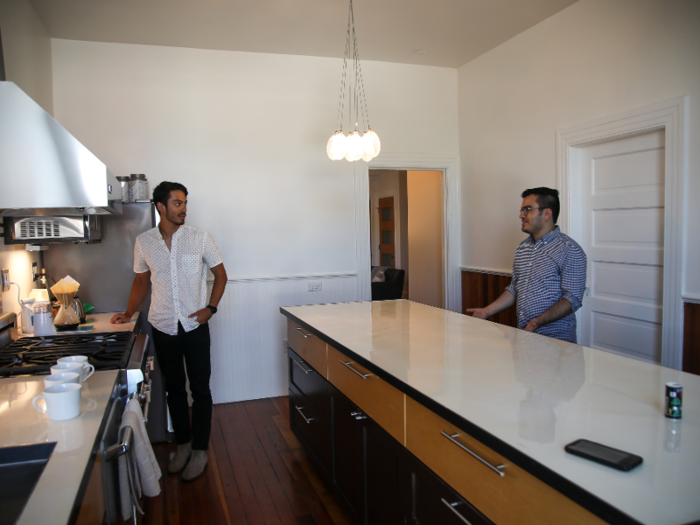
Besides the kitchen, there's a living room that serves as a common area. Collins said that when the company is searching for properties, communal space is a must.
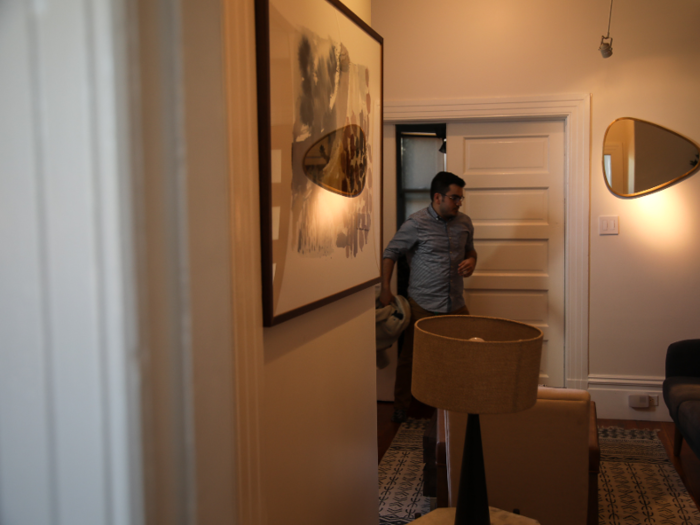
That's common in co-living in general. In many ways, co-living is a built-in way to counteract social isolation that can accompany millennial workers, especially in tech.
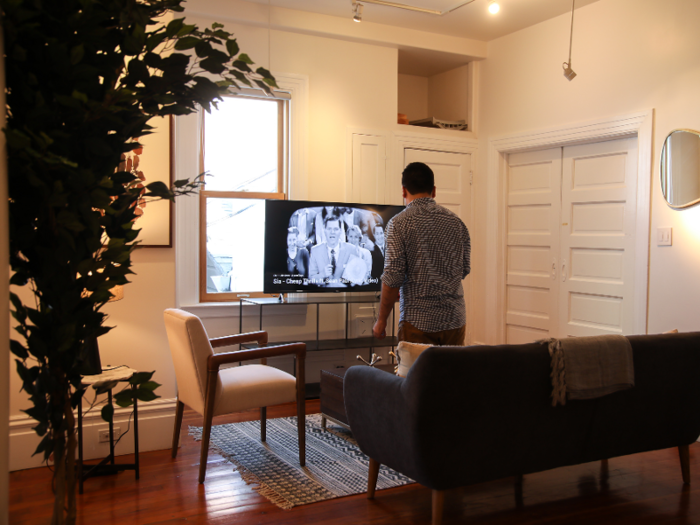
Source: Vox
Bungalow has all the other features of a co-living arrangement, like Bungalow-hosted happy hours and surfing clubs, for example. And that $150 membership fee includes special events, as well as utilities, Wi-Fi, water, and a monthly cleaning service.
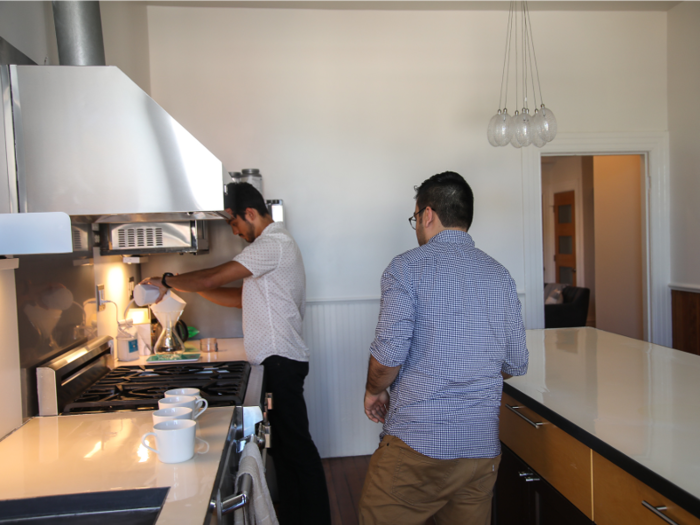
Everything except the individual rooms is furnished.

Bhatia's room didn't come with a closet, so he bought an armoire of sorts. It's still leaning against his wall, unopened.
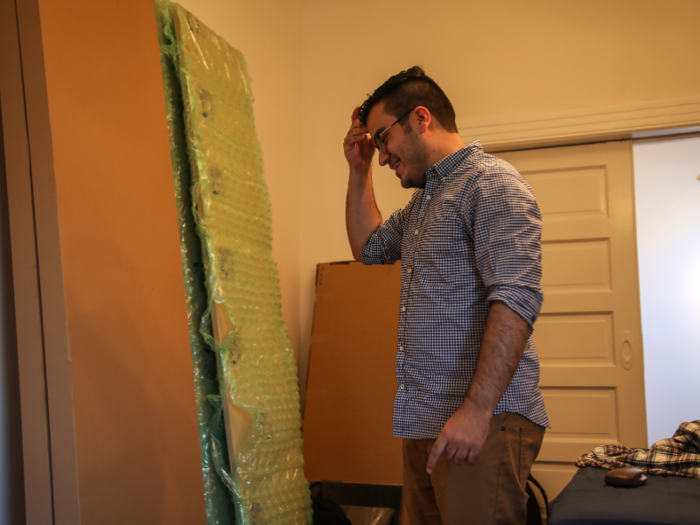
Like in Bhatia's room, big bay windows — a staple feature in San Francisco's architecture — line the front of Prinz's room.
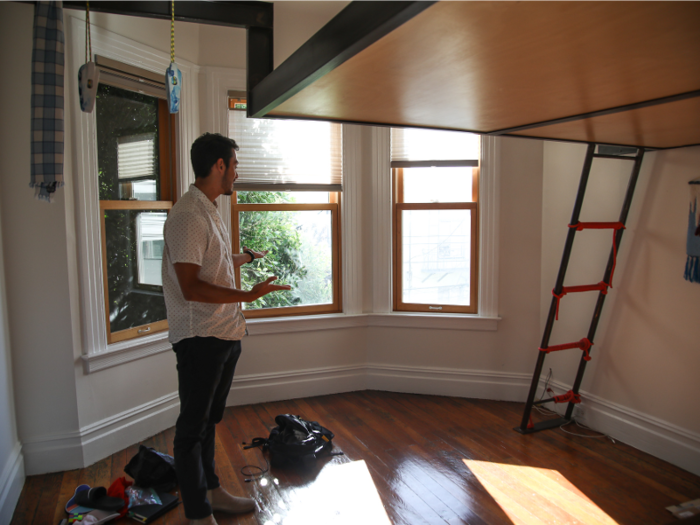
There's also a lofted bed accessible by a short ladder. Prinz said the room came with it when he moved in.

Just five days in, Prinz already set up an art gallery wall. He said he might add some shelves beneath it. Prinz said his new home is nothing like what was available to him back in Texas.
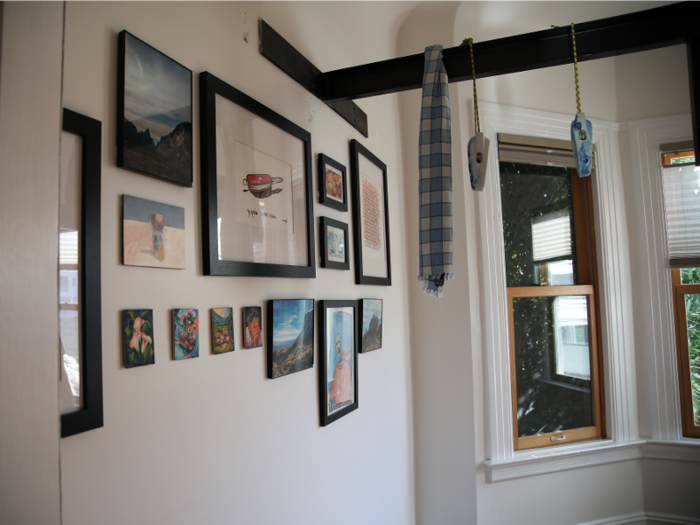
"I would say Austin [and] Houston housing is very luxury-apartment-based," Prinz said. "They're kind of just copy and pasted across and they all feel very similar to each other. This feels much more unique."
!["I would say Austin [and] Houston housing is very luxury-apartment-based," Prinz said. "They](https://staticbiassets.in/thumb/msid-70337485,width-700,height-525,imgsize-991162/i-would-say-austin-and-houston-housing-is-very-luxury-apartment-based-prinz-said-theyre-kind-of-just-copy-and-pasted-across-and-they-all-feel-very-similar-to-each-other-this-feels-much-more-unique-.jpg)
Bungalow isn't the only co-living company to repurpose existing buildings. Starcity, for example, buys old hotels and retail spaces and turns them into dorm-like housing.
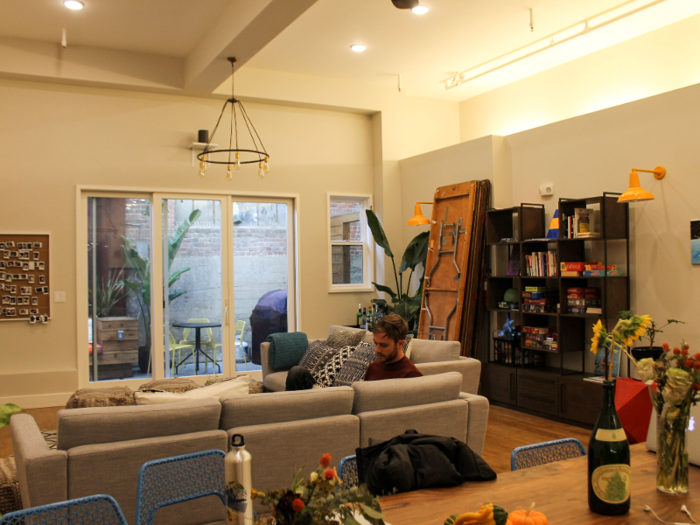
Source: Business Insider
However, there are co-living companies in San Francisco that opt for new development rather than renting existing units. Starcity, for example, has plans to build some new housing from the ground up. One such property is slated to break ground in the city's SoMa neighborhood.
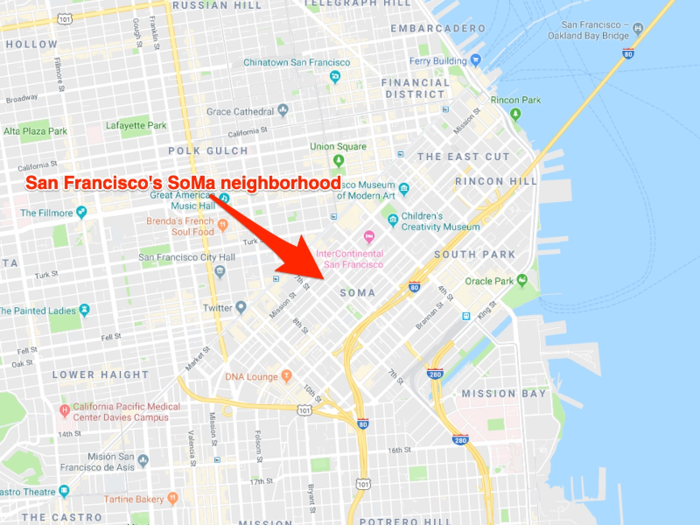
Source: Business Insider
But developing new buildings in San Francisco is notoriously difficult for a number of reasons — the city's zoning restrictions and land-use classifications can be roadblocks, for one.

Source: TechCrunch
Much of the city's housing consists of those beautiful historic Victorian homes built before 1940, and the city protects them from being torn down.
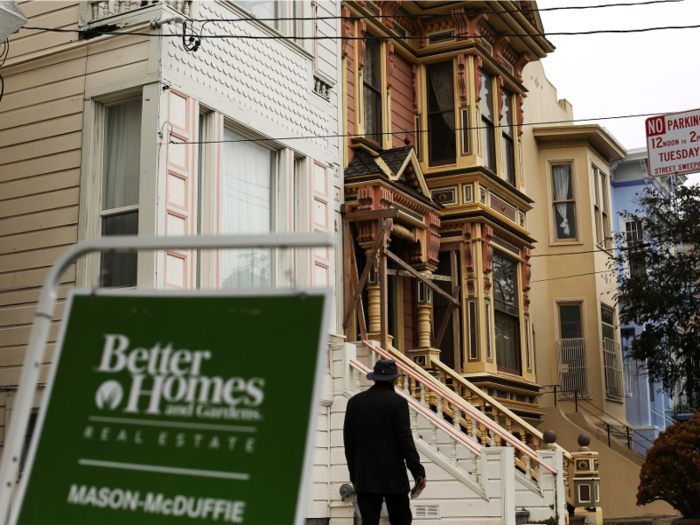
Source: Business Insider
And substantial say is given to individual neighborhoods, who often leap through hoops to prevent new development on their turf at all costs.
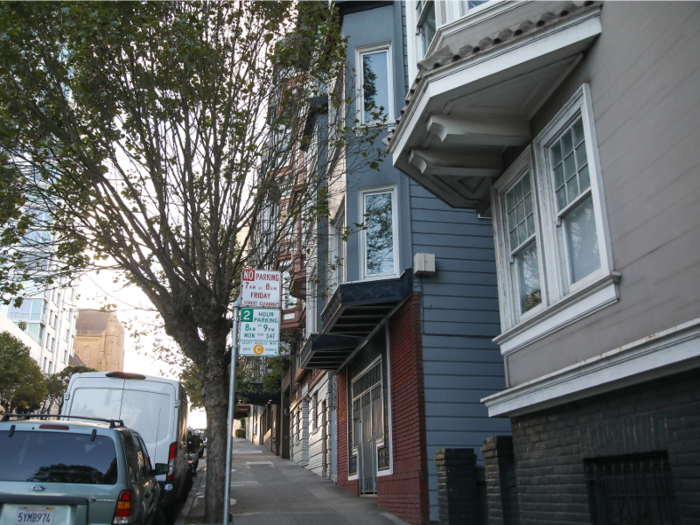
Source: San Francisco Examiner and TechCrunch
But the issue isn't as simple as placing the blame on building regulations — or even the tech invasion that's befallen the city.
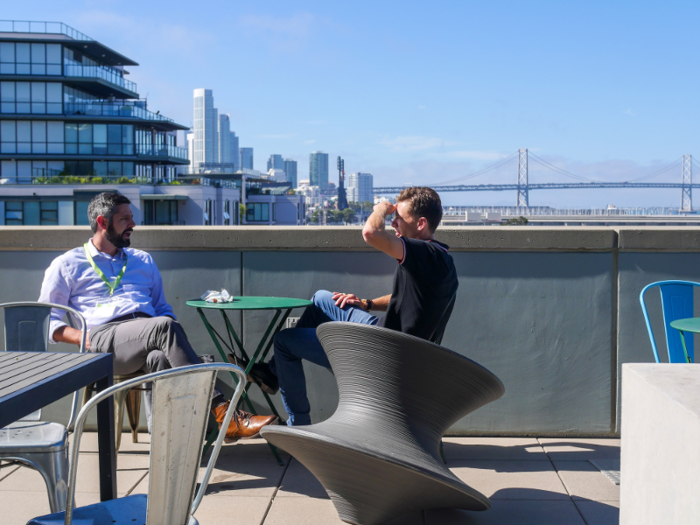
Fernando Marti, co-director of San Francisco's Council of Community Housing Organizations, told Business Insider that San Francisco currently has 40,000 to 45,000 construction approvals, some of which have building permits that are just waiting for financing.
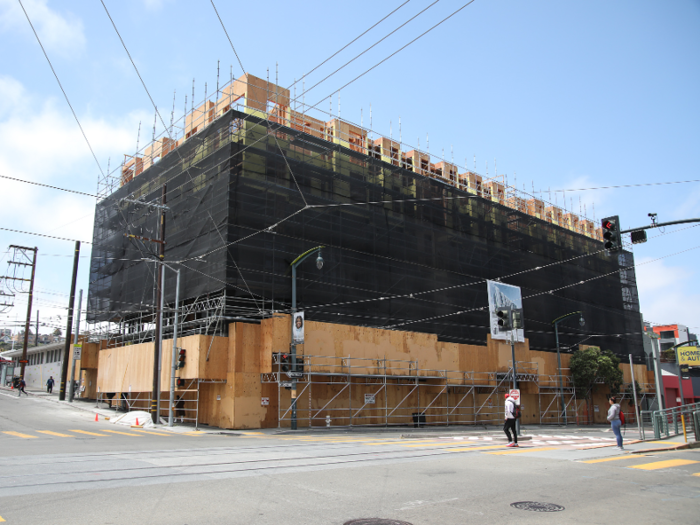
Source: San Francisco Examiner
"In that sense, zoning and planning approvals are not the thing holding back new housing from being built," Marti said. "It's the pace of financing."
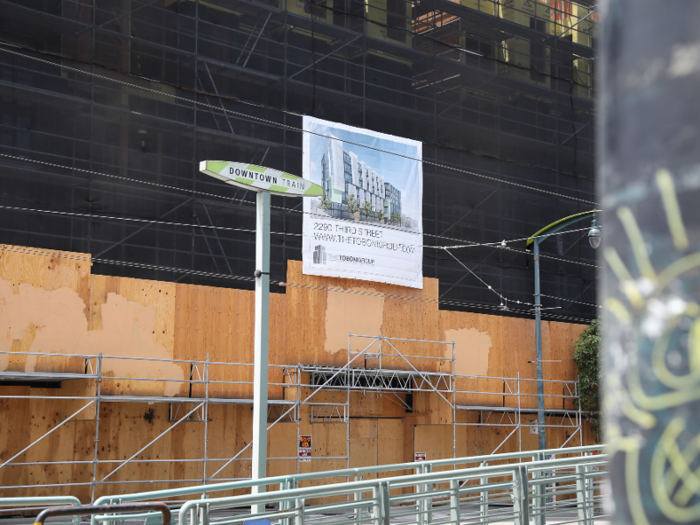
Most of what is being built in San Francisco is over six stories high, Marti said. So there's a high-risk factor in investing, given the scope of these high-rise projects.
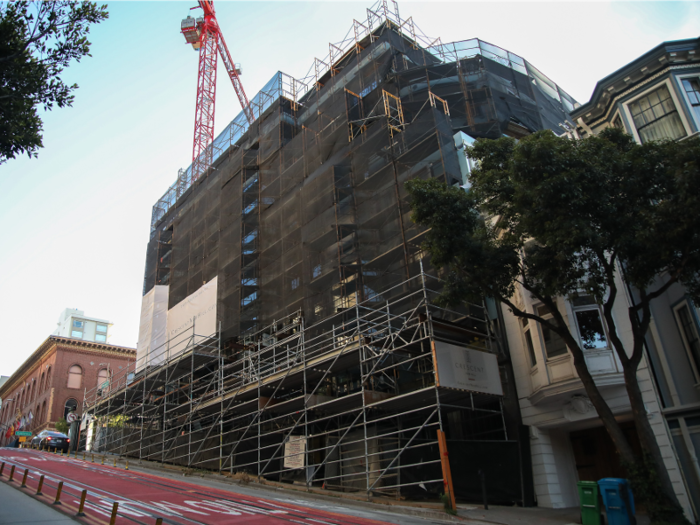
And despite the city's high living costs, Marti said rents may actually be stabilizing right now, in which case investors may be holding off on investing in new projects at the moment, since they're not seeing rents going up for these luxury units.
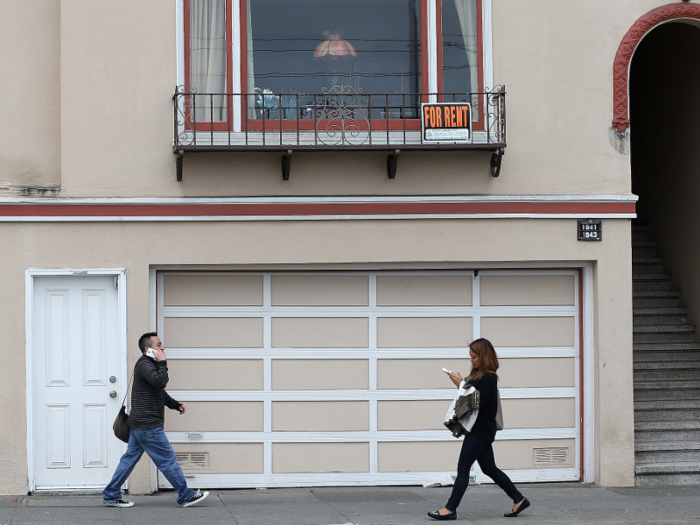
So with property development moving at a snail's pace, tapping into what already exists in the city, but isn't used, could be a clever shortcut.
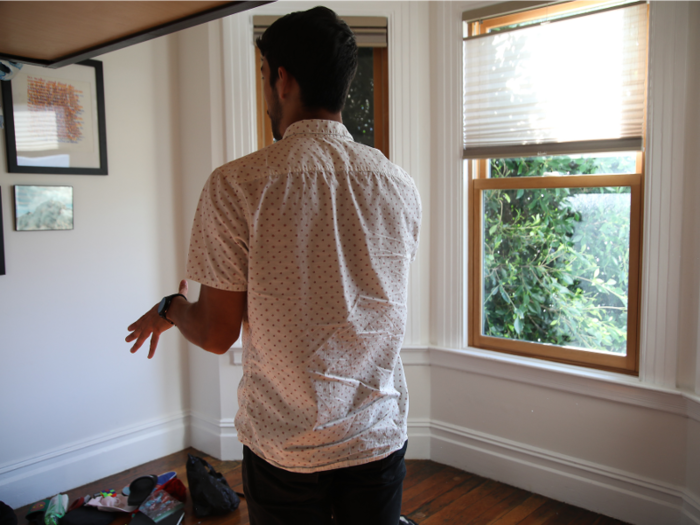
Marti said he considers it a victory that Bungalow is finding a way to house people, but he said there could be some concerns about the company's model.

After the home-rental platform Airbnb landed in the city, people were taking their units off the market and renting precious housing to tourists instead of locals. Similarly, homeowners could now buy up housing stock with the purpose of renting them out to Bungalow.
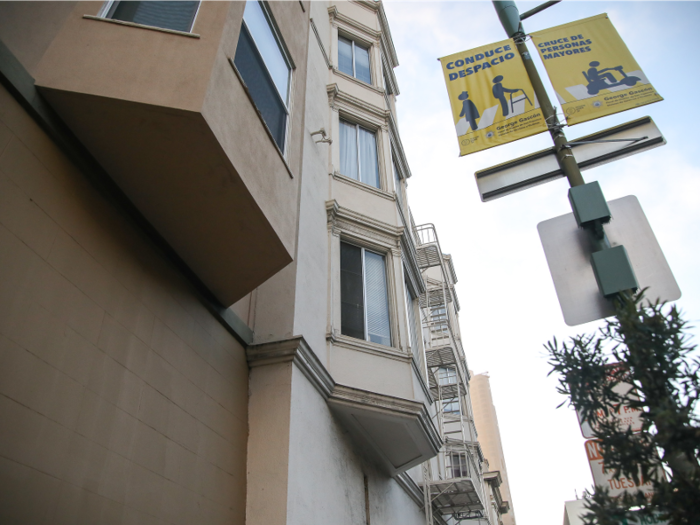
Source: TechCrunch
Collins said that that's actually already happening. Some of the homeowners that work with Bungalow are buying more single-family homes solely to rent out to Bungalow, though these slots are going to locals, not tourists, so it's a little different.
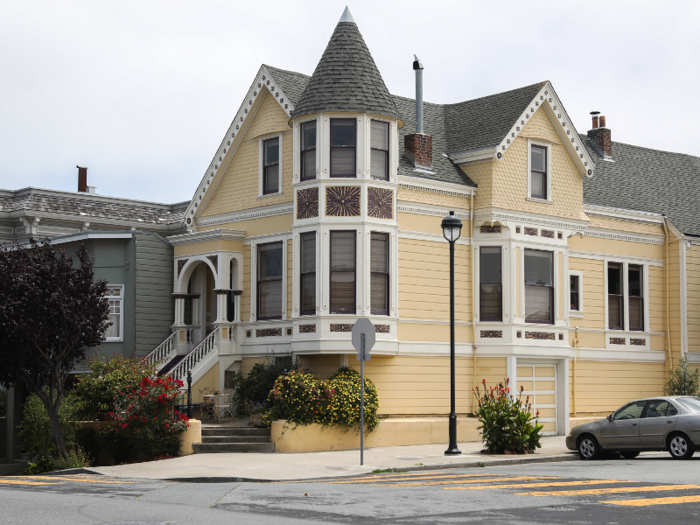
Marti said homeowners could also benefit from working with Bungalow. Some San Francisco property owners are "overhoused" — they're retired but haven't sold their house and are just keeping it vacant while living elsewhere.
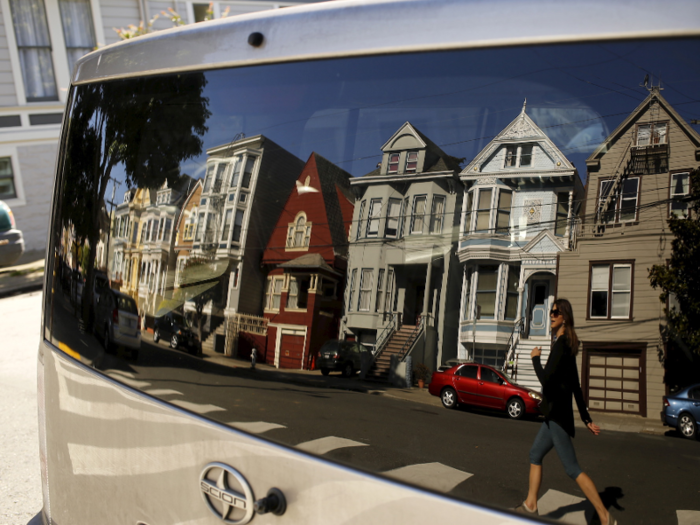
So there's an incentive for the owners of those existing homes to work with Bungalow, Marti said. The co-living company helps them manage their properties, taking on the regular maintenance of them and ensuring that rent is collected each month.
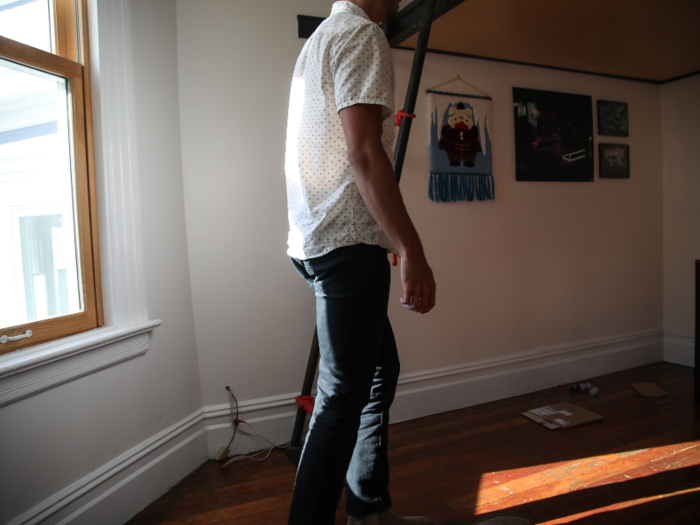
"Something like Bungalow gives the owner a sense of confidence that they have a more permanent renter in place," Marti said. "The owner doesn't have to deal with these roommates, they don't have to screen them. Bungalow is taking care of that."
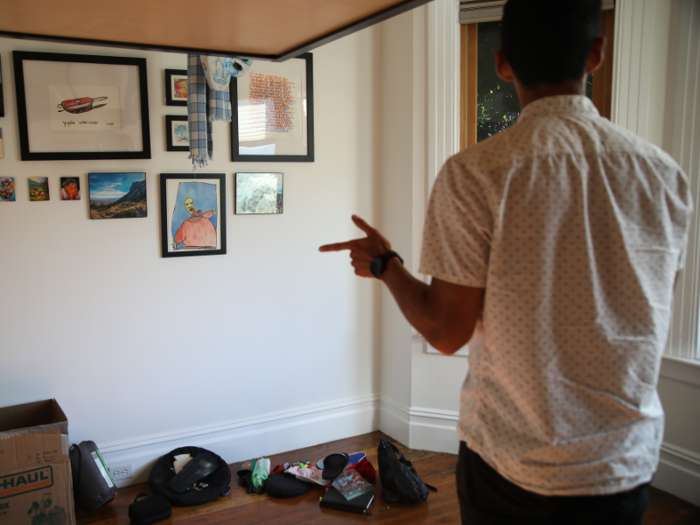
So perhaps Bungalow is creating supply for workers looking for housing in San Francisco, but Maya Chupkov, communications manager at San Francisco Council of Community Housing Organizations, told Business Insider that co-living companies and other housing developers need to make sure that supply isn't just for the ultra-wealthy.

The city thought so too in 2017 when it adopted legislation that would require new developments with 25 housing units or more to make 20% of units affordable for lower-income tenants.
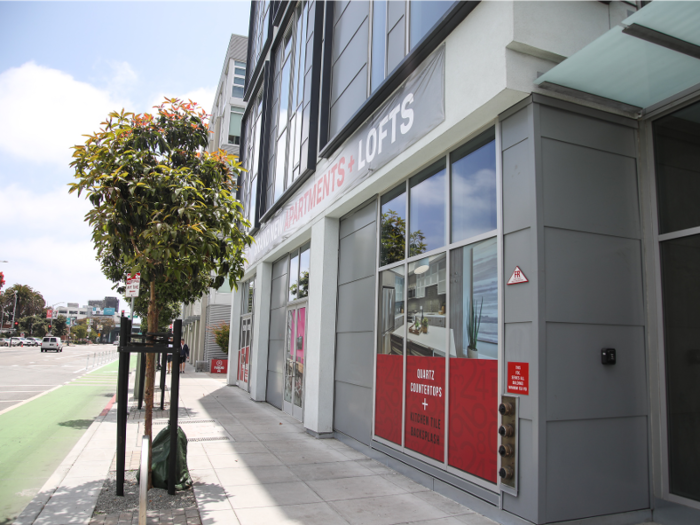
Source: SPUR
And though Collins said that following suit isn't a focus right now, he said it's not difficult to find affordable units on Bungalow in the first place. At the time of this writing, there was an $850 room in a seven-bedroom home in Cupertino, south of the city.
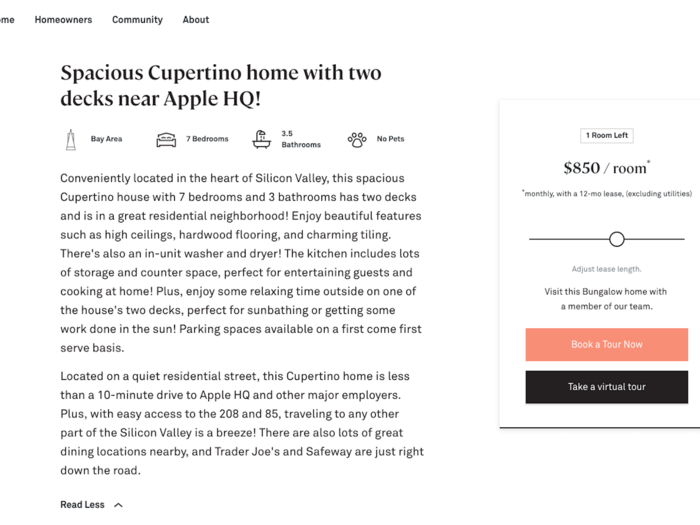
Source: Bungalow
But while that figure may be more affordable, there's a trade-off: you're sharing a home with six other people. And that $850 rate is not the norm in San Francisco, where the average rent for a one-bedroom apartment is $3,600 and the price range for luxury living sits at $3,157 to $6,812.
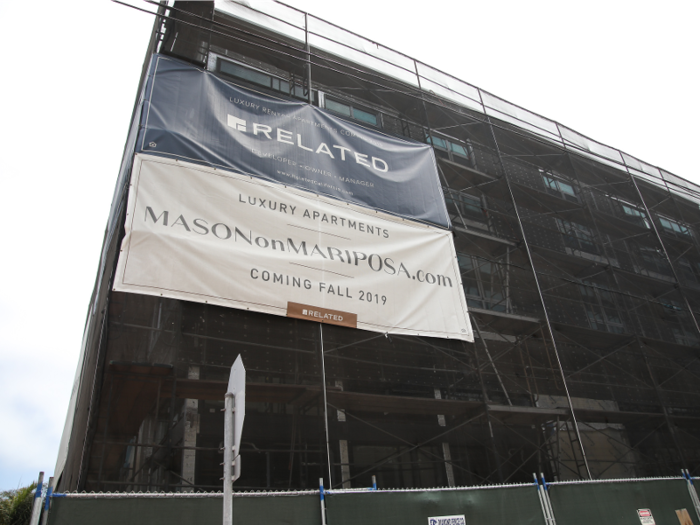
Source: Business Insider and CNBC
"It's an affordable supply issue, not just a supply issue," Chupkov said.
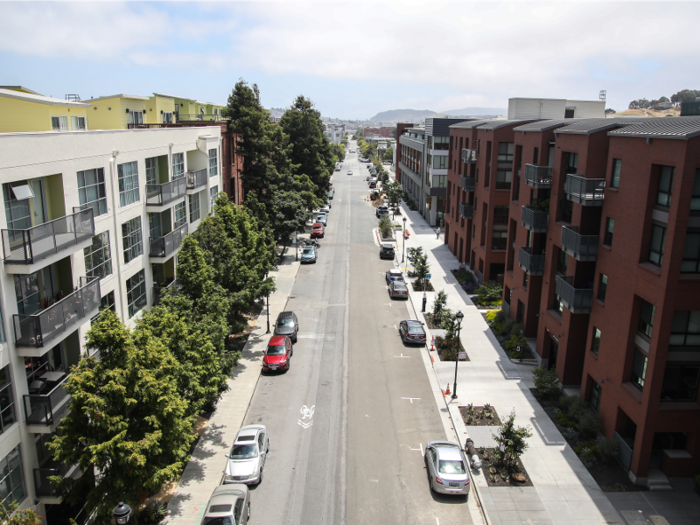
Popular Right Now
Popular Keywords
Advertisement